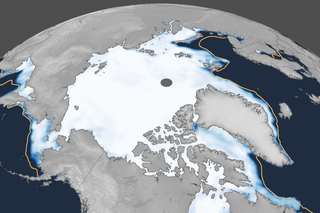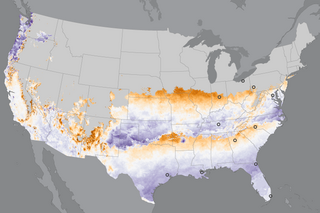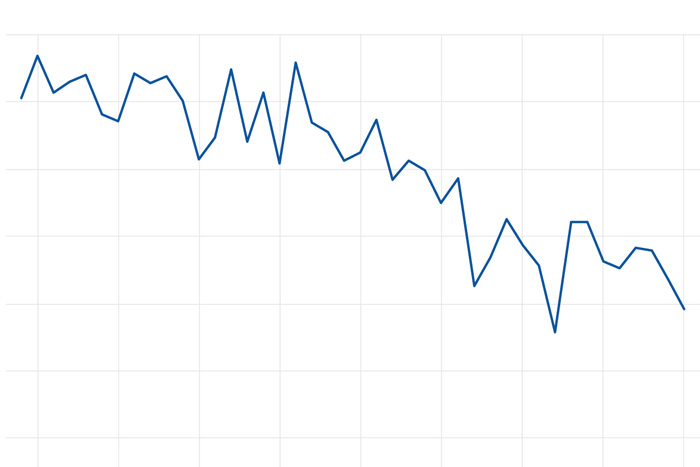
The amount of sea ice that survives the Arctic summer has declined by 13 percent per decade since the start of the 43-year satellite record.
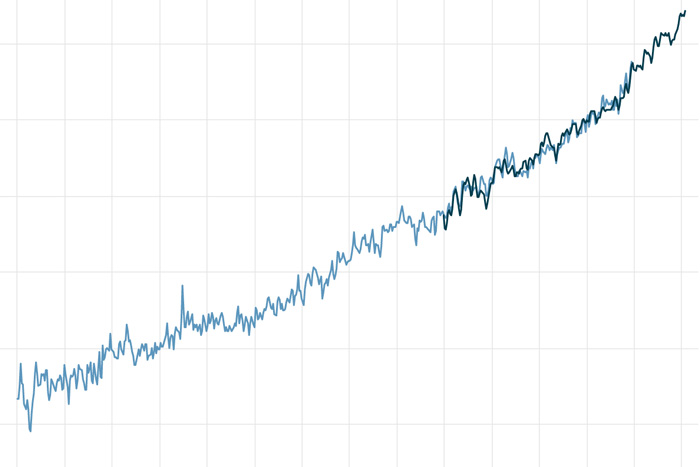
Global average sea level has risen 8-9 inches since 1880, and the rate is accelerating thanks to glacier and ice sheet melt.
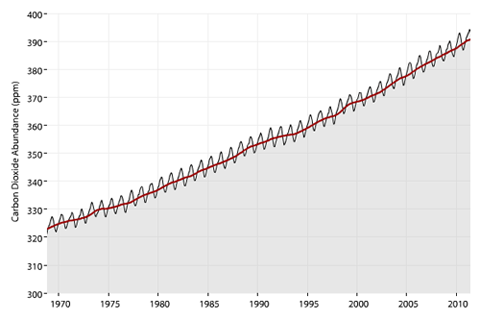
In the past 60 years, carbon dioxide in the atmosphere has increased 100-200 times faster than it did during the end of the last ice age.
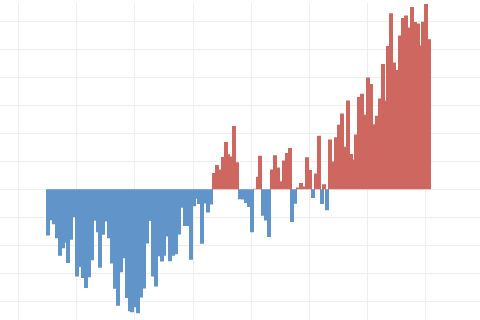
Earth's surface temperature has risen about 2 degrees Fahrenheit since the start of the NOAA record in 1850. It may seem like a small change, but it's a tremendous increase in stored heat.
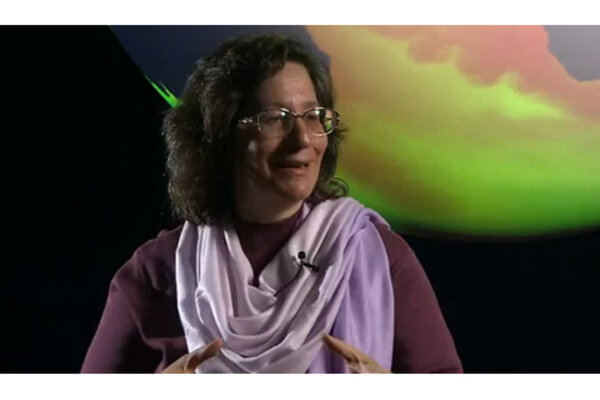
Susan Solomon Wins 2009 Volvo Environment Prize
January 15, 2009
Released in 2023, the Fifth National Climate Assessment (NCA5) includes an Art × Climate gallery. This work by Amuri Morris focuses on Shelton Johnson's life mission to encourage Black people to reconnect with the natural world.
Released in 2023, the Fifth National Climate Assessment (NCA5) includes an Art × Climate gallery. This work by Tami Phelps focuses on the changing ecosystem in Alaska.

